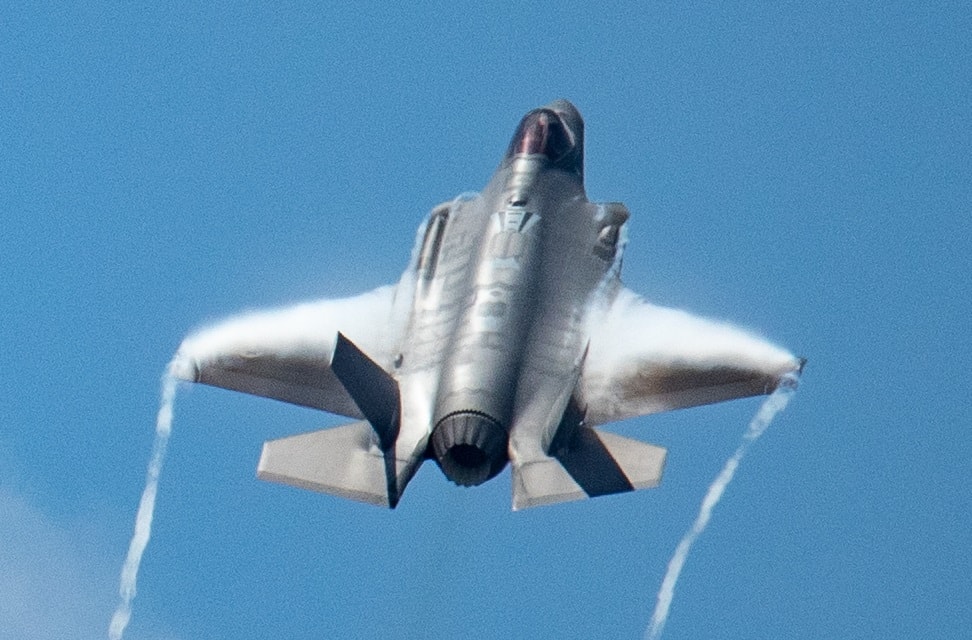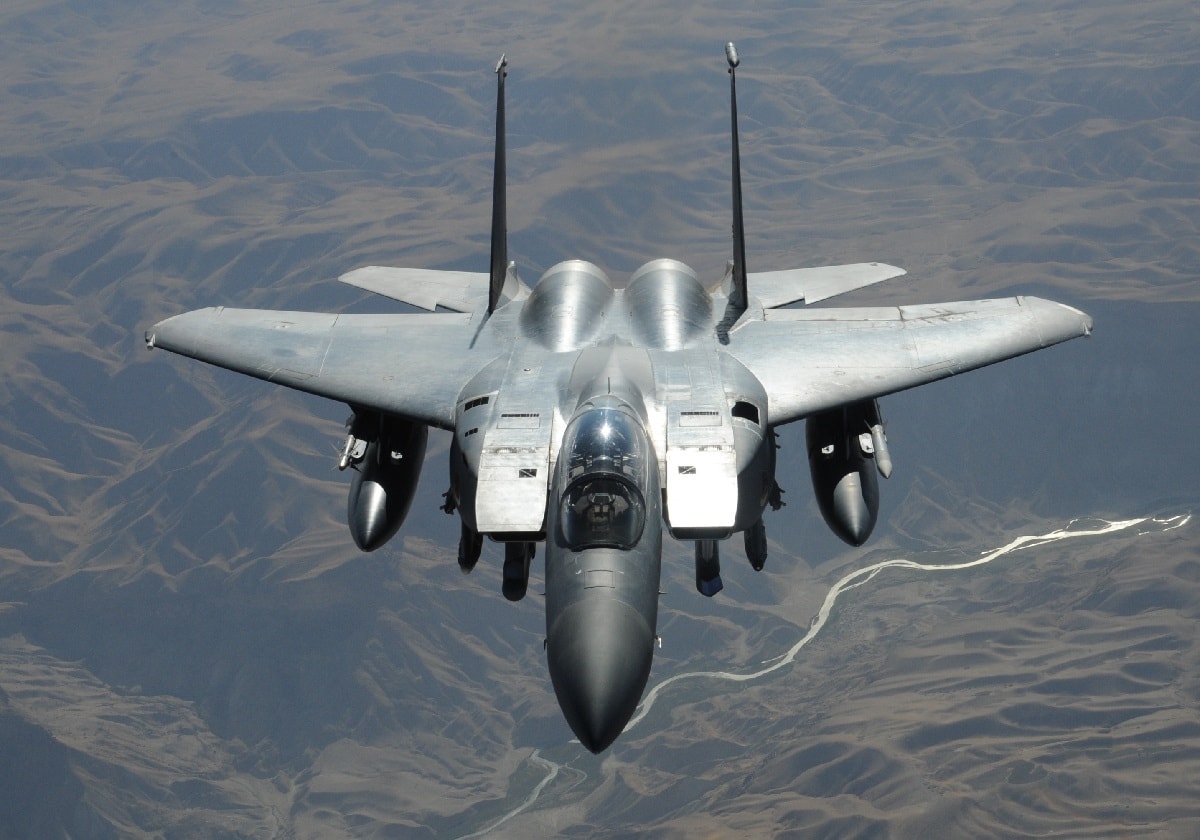“Divest to invest” is a slogan the Joint Chiefs use when touting their approach to managing declining defense budgets that don’t keep up with inflation. While the bumper sticker term is new, the tactic is not.
In its 2022 budget request, the U.S. Air Force continued its unproven bet to prioritize jettisoning equipment faster than it is buying new. This trend is manifest by the request to retire 201 aircraft while purchasing only 91 new warplanes.
It gets worse.
Over the next half-decade, the Air Force plans to retire 421 legacy aircraft in return for just 304 new planes. Service leaders say this will free up billions to develop and procure more capable systems required to compete with technologically advanced rivals. Catalyzing Air Force modernization is a laudable and necessary goal. However, this bias toward getting smaller and older—but no less busy—without sufficient replacements will exacerbate the Air Force’s readiness challenges.
A shrinking aircraft inventory alone is a risk, but it is just the tip of the readiness iceberg. The Air Force is also struggling with an experienced pilot and maintainer shortages, and both factors are complicating the training of new airmen.
Aircraft are less likely to be available for training purposes when they are being used to fulfill the service’s obligations for global operations. When the air fleet contracts, but the number of missions remains largely steady, the aircraft that remain are in even higher demand. Therefore, they are less likely to be available for training. Aircraft shortages can mean that even key skillsets—including air-to-air refueling—are not always gained in formal training units, sometimes with tragic and lethal consequences.
Training setbacks do not improve at higher levels. While introductory pilot skills are generally taught at training bases, advanced tactics are taught in operational units. However, when those operational units have fewer experienced pilots, it is harder for new pilots to develop the expertise they need.
The Air Force has struggled with pilot retention in recent years—in 2020, the service observed a shortage of nearly 2,000 pilots, most of them fighter pilots. Pilot shortages and retention challenges mean that fewer seasoned pilots are available to shepherd their newer colleagues.
Colonel Lawrence Sullivan is the commander of the 20th Fighter Wing at Shaw Air Force Base. Earlier in 2021, Col. Sullivan explained, “We look at experienced and inexperienced ratios and squadrons…and for a lot of reasons, a healthy sustainable mix is about 60% experienced and maybe 40% inexperienced. The pilot shortage has sometimes inverted those ratios.” Sullivan continued, “There’s just not as many training opportunities.”
A report from the National Commission on Military Aviation Safety (NCMAS) last year detailed the consequences of this cycle across the Department of Defense, emphasizing that low levels of pilot training correlate with higher rates of flying accidents. The report warned, “Experienced aircrews and maintainers leave the Services and are replaced by personnel with no expertise.”
The double burden of divestment and pilot shortages has already taxed the Air Force, yet demands are poised to increase. The 2018 National Defense Strategy directly established the challenges posed by strategic competition with China and to a lesser extent Russia. However, while the US has begun to reduce some overseas obligations to support an increased focus on the Indo-Pacific—for example, withdrawing U.S. and allied troops from Afghanistan—operational demands in non-priority theaters remain high and consume vital Air Force capacity while gobbling up readiness as fast as it can be generated.
For instance, the air campaign against ISIS by the Obama and Trump administrations required nearly all of the Air Force’s stealth fighter capacity due to the threat of advanced Russian anti-air capabilities in Syria. A shrinking Air Force combined with high operational demands leaves little time, room, or money for containing Russia and deterring China.
Rather than doing more with less, negligent overextension may force the Air Force to do less with less. All these factors—steep aircraft retirements, an intense tempo of operations, and degraded readiness—create reinforcing feedback loops. As fewer aircraft and pilots are available for the same number of missions, existing fleets are driven into the ground as man and machine are worn out faster attempting to meet herculean responsibilities with fewer resources available to do so.
The solutions that do exist require shifts within the defense budget and among America’s strategic priorities. Increased funding for the Air Force would allow adequate investment in future weapons, the sustained procurement of platforms to offset divestments, and durable maintenance time and training programs to allow warfighters to fly frequently. However, if Congress and the Biden administration will not embrace the annual three to five percent real defense budget growth necessary to meet the objectives of the 2018 defense strategy, then policymakers must adopt a hard-nosed view of the military’s priorities with an emphasis on competition with China.

F-35 Lockheed Martin photo by Mandie Harwell, Damien Guarnieri and David Key.
Divestment of legacy aircraft without viable replacements, operational strain, and the catastrophic accidents befalling pilots, as a result, illustrate the Air Force’s budget tightrope. Navigating the service’s 2020’s modernization crunch demands a better balance between capacity, capability, and readiness. Otherwise, the Air Force will continue to lose all three.
Now a 1945 Contributing Editor, Mackenzie Eaglen is a senior fellow at the American Enterprise Institute (AEI), where she works on defense strategy, defense budgets, and military readiness. She is also a regular guest lecturer at universities, a member of the board of advisers of the Alexander Hamilton Society, and a member of the steering committee of the Leadership Council for Women in National Security.

